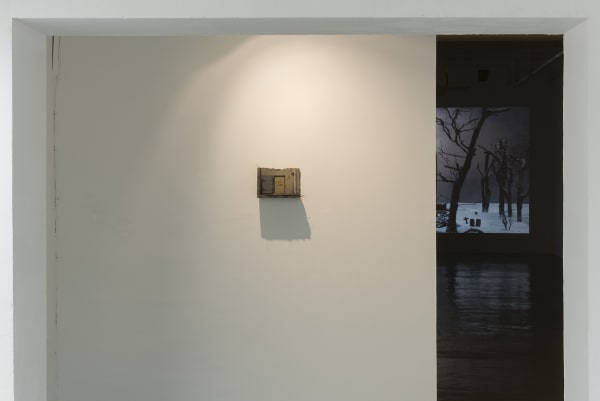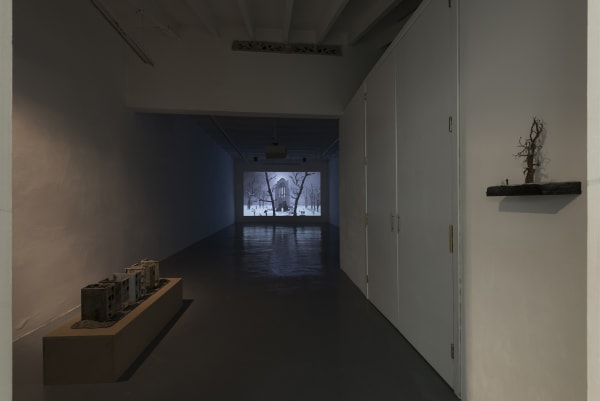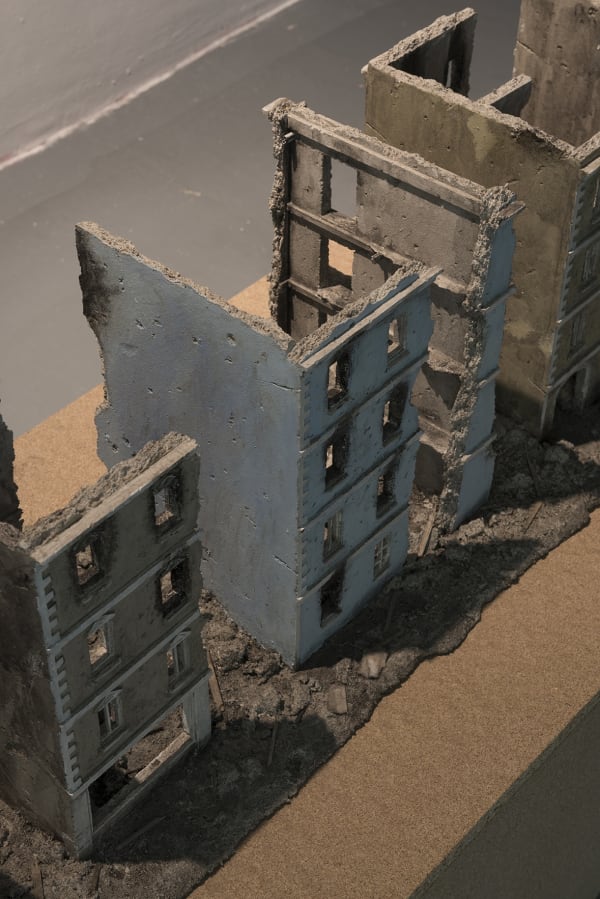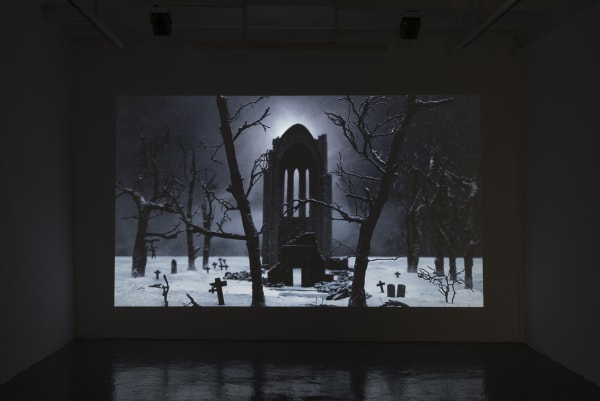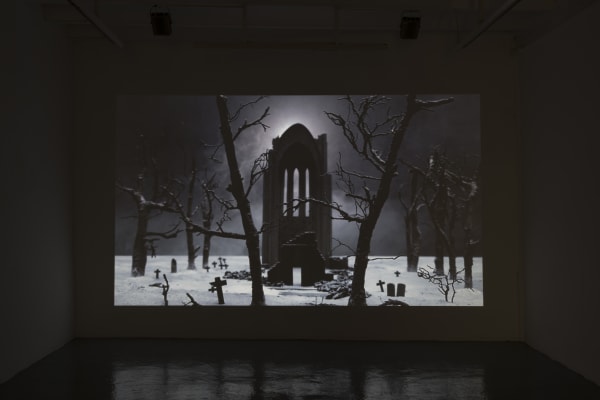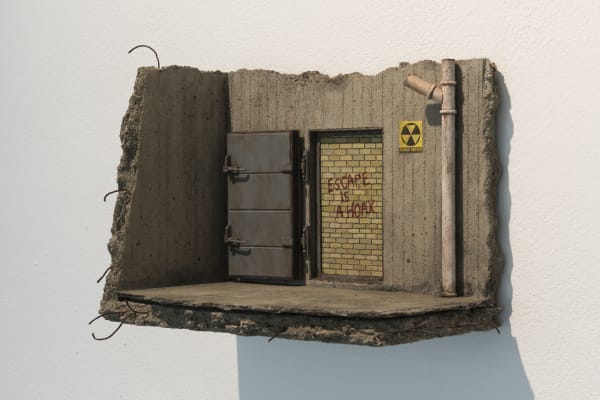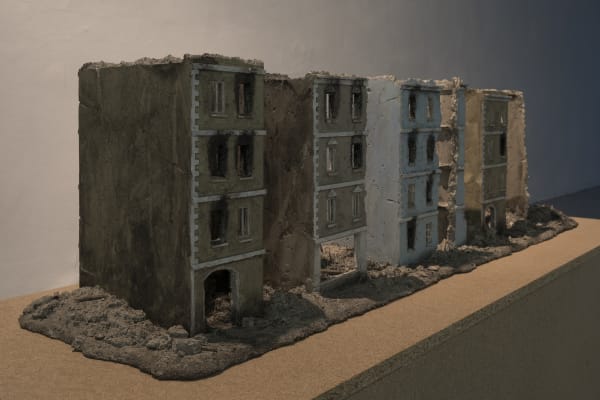South of Heaven: Tobias Bernstrup
Bernstrup shows how time shapes memory and oblivion.
The Swedish artist takes as a starting point the painting Monastery Graveyard in the Snow (Friedhof im Schnee), by romantic painter Caspar David Friedrich (1770-1840). The painting was destroyed in 1945 in the bombing of Berlin by the allies in the last stages of World War II. The only remaining evidence of the painting is a black and white photograph. Along with the installation Bernstrup will display some sculptural works, including Belief, a scaled model made by Bernstrup that features the grounds of several bombed buildings. The ruins evoke the destruction of a fictive place that acts, at the same time, as a kind of memory.
Bernstrup takes the essence of the painting to meditate, as the German painter, about death, transit and disappearance. Monastery Graveyard in the Snow does not represent the beauty or majesty of the landscape. Whoever watches it is forced, instead, to face an isolated self in a void amidst the ruins. The painting shows what remains after it is forgotten, outside of society and its original use. Bernstrup takes this concept of “remains” and extends it to the action of man and the weight of history, in a similar manner to Paul Klee’s Angelus Novus. Monastery Graveyard in the Snow, incarnation of the romantic dream, was destroyed in the bombing of Berlin in 1945. After the painting’s annihilation, its significance has been linked inevitably to this fact, and to memory. Now it invites us to think beyond its pictorial meaning, being linked to war, violence and disappearance.


